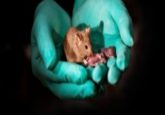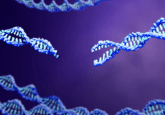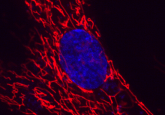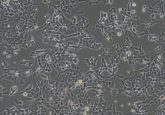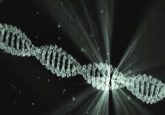CRISPR/Cas9 gene editing in primates
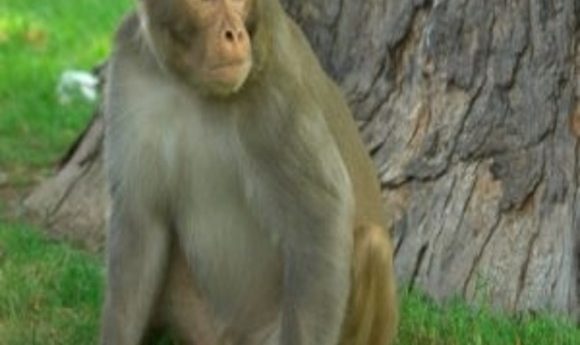
CRISPR/Cas9 has proven itself as a genome editing system in many organisms. What more can be learned from its use in Rhesus monkeys?
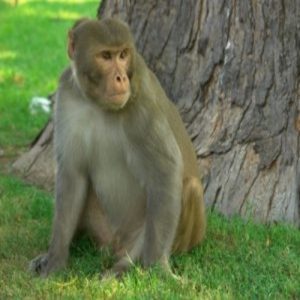
Within a few short years, the CRISPR/Cas9 system has revolutionized molecular biology. The technique is fairly straightforward: guide RNAs precisely lead the Cas9 endonuclease to introduce nicks at specific sites in genomic DNA where exogenous DNA can be introduced through recombination. Now, writing in Human Molecular Genetics, a group led by Keith Latham at Michigan State University answers some deeper questions about how CRISPR/Cas9 works. Using Rhesus monkey embryos, they quantified the efficiency of this editing system.
Latham and his colleagues designed four assays targeting a portion of the hemoglobin B (HBB) gene in embryos. First they microinjected a single guide (sgRNA) and Cas9 wild-type (Cas9wt) mRNA. Next they microinjected Cas9wt protein and a single sgRNA. Finally, they used a Cas9 nickase mutant mRNA, which encodes a variant that introduces double-stranded DNA breaks for enhanced editing fidelity with either one or two sgRNAs. In each test, they also included a single-strand DNA template to allow homology-directed repair.
From these experiments, Latham and his team learned that Cas9wt protein was significantly more efficient than Cas9wt mRNA at inducing editing events during the first two embryo cell cycles. While Cas9-nickase was less efficient than Cas9wt overall, its efficiency improved when two sgRNAs were co-injected.
“We observed a wide range of editing outcomes, both in terms of the efficiency of editing–some embryos with 100% of cells edited, some embryos without any editing, and the rest with partial editing–and the types of editing outcomes themselves: several different short deletions and insertions of the DNA,” Latham said.
The group also examined what cell stage editing events took place to determine when editing was most efficient, and how timing contributes to genetic mosaicism. They found that editing was most efficient on a per-template basis during the 1-cell through 4-cell stages; after that, it declined significantly. They also observed significant mosaicism because editing events with different outcomes occurred in multiple cells. “It became clear that continued editing beyond initial cleavage stages is generating genetic mosaicism, which we would like to avoid,” Latham noted.
Despite these factors, there was very little off-target editing with properly designed sgRNAs. The team even observed editing of both parental alleles for about 1 in 35 embryos.
Latham’s team concluded that CRISPR/Cas9 is an efficient gene editing system for Rhesus monkey embryos, opening new avenues for studies of gene editing in primates. However a few challenges remain. “Animal husbandry costs, technical challenges in working with nonhuman primate embryos, embryo availability, ensuring high standards of animal care and well-being must all be considered, so achieving high efficiency of desired outcomes is very important,” Latham said.
